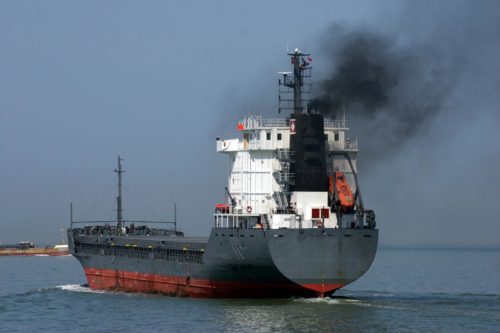With the enforcement date of the IMO 2020 low-sulphur regulation now only 6 weeks away, shippers and forwarders are starting to get their cheque-books out to help ocean carriers cover the additional cost of the cleaner, low-sulphur fuel.
Shipping consultancy Drewry will publish the first Bunker Adjustment Factor reference price based on low-sulphur fuel and in line with an independent BAF indexing mechanism in early December. Using this mechanism, the bunker reference price will change from the previous high-sulphur IFO 380 fuel to the new low-sulphur fuel and affect the new BAFs with effect from January.
Since early October, the weighted average low-sulphur bunker price for major bunkering ports tracked by Drewry has been USD 542 per metric tonne. So, assuming prices stay at about that level in the next two weeks, the Drewry bunker reference price for the period October-November will be around USD 530-550, up about 34-38% from the USD 396 price of IFO 380 fuel at the same bunkering ports applicable to the fourth quarter of 2019 period.
Drewry recommended that shippers and forwarders use the average October-November low-sulphur price to set new BAF charges applicable from January 1, 2020.
Several carriers have announced transitional or “emergency” bunker charges applicable from December 1, 2019. These will apply, they say, only to spot rates and to contracts of less than 3 months, but Drewry cited a customer with an annual contract that has also been requested by some of his carriers to start paying an IMO BAF from December.
“It will be interesting to see whether the agreed contract BAFs go up pro rata the bunker prices, as stipulated by the Drewry BAF indexing mechanism, and whether some carriers end up reducing their base rates and charge the “full BAF” in their next contracts,” Drewry said.

